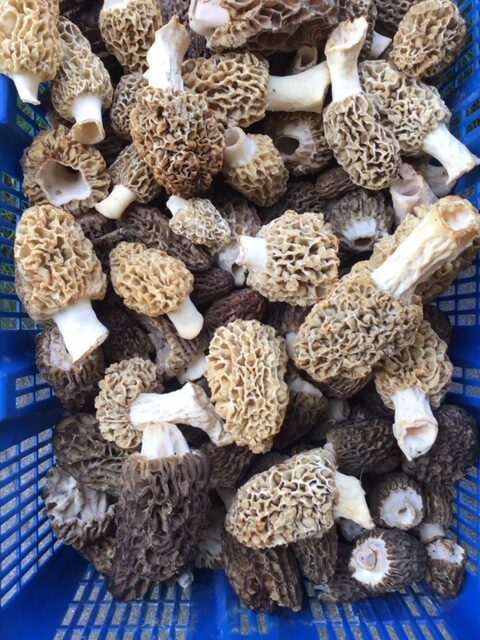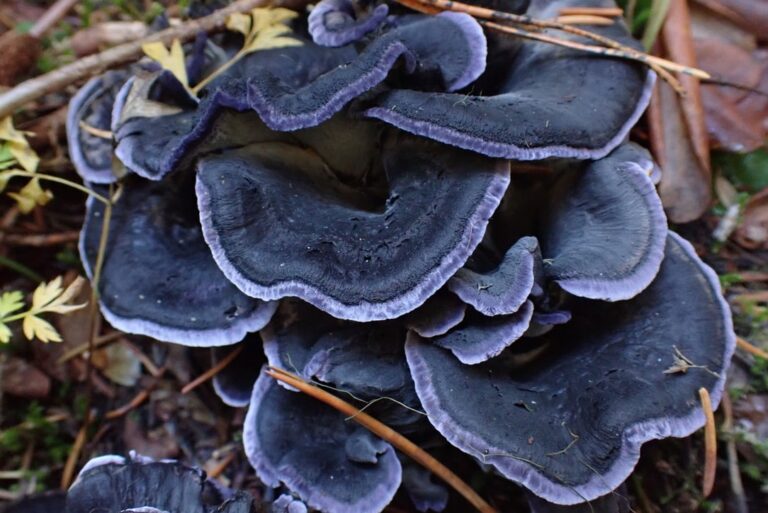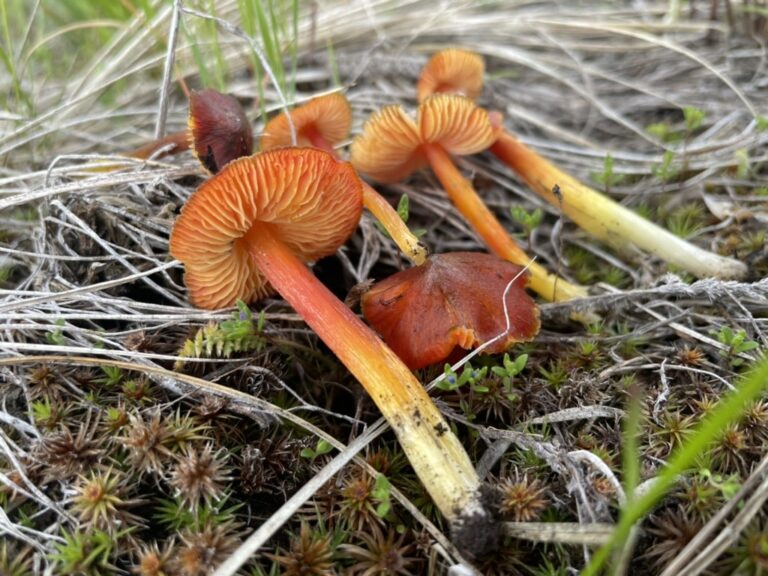A Letter from Larry Evan’s
Part of our mission statement at the Western Montana Mycological Association is “to protect and preserve mushroom habitat,” and in this regard we have a long history of providing commentary for various proposed actions.
A key issue for our community is the lack of language regarding fungi in policy documents and how to correct this glaring oversight. We will post updates and alerts about actions you can take to help.
Dear Forest Planning Team,
I hope this letter finds you well. I am writing to bring attention to an important aspect of forest management that has been largely overlooked and deserves immediate consideration: the integration of fungi into the management process.
For over thirty years, I have researched and taught about the mushrooms and fungi of the Rocky Mountain region, conducted surveys of fungal diversity over 3 forests and various districts, and served as mycology taxonomist and field tech for the USFS Young Stand Study in the 1990s. I cannot emphasize enough the significance of fungi in our forests.
Fungi are non-timber (nonwood) forest products that serve as an integral part of rural economies, providing valuable sources of high-protein foods and medicines, including numerous mushroom species. The United Nations FAO recognizes the importance of fungi in rural economies worldwide, documenting the trade and value of approximately 2500 fungal species as food and medicine in various regions.

It is unfortunate that the United States has historically displayed a cultural blindspot when it comes to mushrooms. Misinformation and misunderstanding have hindered the development of a wild mushroom hunting culture, prevalent in many other countries. Consequently, only a small percentage of Americans are familiar with mycorrhizae and the critical symbiosis between trees and fungi upon which our western forests depend.
Incorporating fungi into forest management practices can have far-reaching benefits. For instance, the value of commercial mushrooms, like the Matsutake or Pine Mushroom, has influenced Canadian forest management decisions after a study demonstrated that their value exceeded that of timber within just 7 years. However, there is currently no standard for determining the value of non-timber forest products (NTFPs) in the United States, which has resulted in missed opportunities and unsustainable practices.

For decades, advocates like myself have emphasized the importance of mycorrhizal fungi during salvage logging sales, urging the retention of coarse woody debris and highlighting the significance of Brown Cuboidal Rot (BCR) for water retention. Regeneration failures caused by damage to the mycorrhizal network have been observed, stressing the importance of preserving these vital organisms. Despite the evident roles fungi play in forest ecosystems, it is astonishing that there is no mention of fungi in current management and planning documents. This oversight must be rectified during the review process. A grand fir stand that harbored a $5000/year chanterelle patch was cut in a “fuels” reduction action that was uneconomic. Truffles can yield thousands of dollars an acre per year, but no preserves for such NTFP crops exist outside the timber base. No process exists to ensure the sustainability of existing NTFP crops.
Fungi contribute to the forest ecosystem in various ways, including supplying the equivalent of 1000 pounds of nitrate per acre, aiding in water retention and purification, erosion control, and essential functions like nutrient and mineral cycling, carbon sequestration, and providing food for wildlife, from invertebrates to elk and bears. Ignoring the role of fungi in regeneration and failing to consider their survival parameters has led to significant challenges, as evidenced by regeneration failures observed in several states. As British Columbia has updated its policies to incorporate fungi’s importance, it is crucial for the US to follow suit.
Another critical aspect to consider is the connection between soil carbon depletion and reduced water-holding capacity. BCR, a common form of soil carbon, plays a vital role in seedling survival. BCR is critical for seedling survival. Loss of soil carbon is exacerbated by fuels reduction policies, which ignore the fact that even in fire-dependent ecosystems, nearly 80% of the biomass produced remains after a fire and is key for reestablishing the forest.
Furthermore, mycorrhizae in western forests contribute to carbon sequestration in two significant ways. Firstly, the fungal mycelia itself sequesters carbon and concentrates nitrogen at a rate 700 times that of plant tissue. Secondly, mycorrhizae efficiently remove mineral nutrients from detritus and woody debris on the forest floor, making it uninhabitable for bacteria.
Understanding the role of fungi is not only crucial for effective forest management but also imperative for adapting to climate change. Recent agroforestry studies have shown that growing mycorrhizal Lactarius mushrooms with oak can yield more protein than standard cropping on agricultural land.
In addition, just as the terms “fauna” and “flora” in planning documents refer to animals and plants, it is crucial that we also incorporate “funga” to recognize the significance of fungi in our ecosystems. Organizations like International Union for Conservation of Nature (IUCN) and Re:wild have already committed to using “mycologically-inclusive” language in their communications, acknowledging fungi as one of the three essential kingdoms of life critical to protecting and restoring Earth. By incorporating “funga” alongside “fauna” and “flora” in the management plans and documents, we can raise awareness about the immense benefits that the fungi kingdom brings to our forests and environment.

In addition, just as the terms “fauna” and “flora” in planning documents refer to animals and plants, it is crucial that we also incorporate “funga” to recognize the significance of fungi in our ecosystems. Organizations like International Union for Conservation of Nature (IUCN) and Re:wild have already committed to using “mycologically-inclusive” language in their communications, acknowledging fungi as one of the three essential kingdoms of life critical to protecting and restoring Earth. By incorporating “funga” alongside “fauna” and “flora” in the management plans and documents, we can raise awareness about the immense benefits that the fungi kingdom brings to our forests and environment.
In light of the abundant scientific evidence supporting the importance of fungi in our forests, and global precedents, I urge the Forest Planning Team to incorporate fungi fully into the management process. Embracing this fundamental understanding aligns with 21st-century science and will undoubtedly lead to more sustainable and resilient forest management practices.
Thank you for your attention to this matter, and I look forward to the positive impact that the integration of fungi will have on our forest ecosystems.
Sincerely,
Larry Evans | Fungal Jungal


